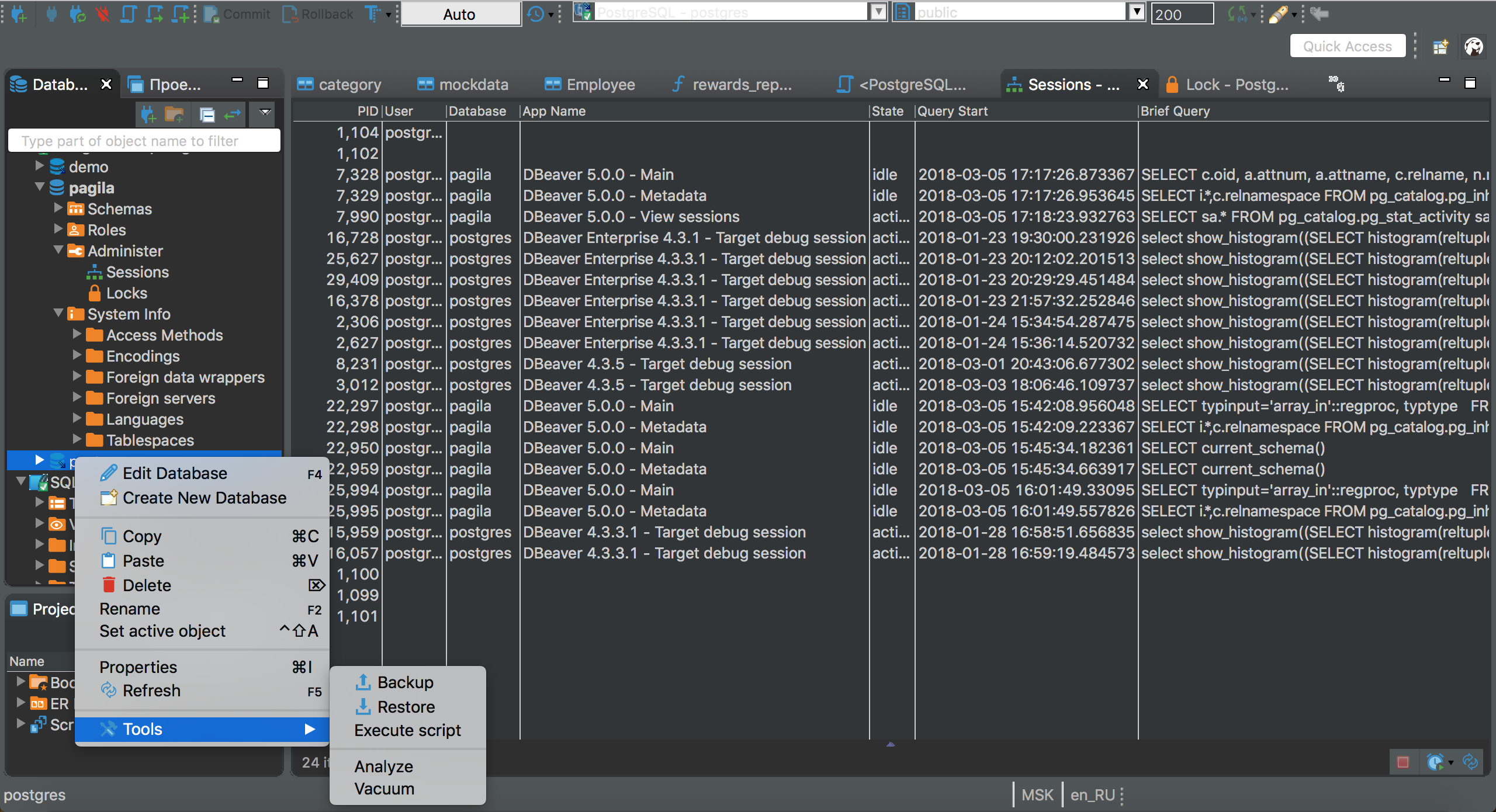
- #Sql on mac os x mac os x
- #Sql on mac os x driver
- #Sql on mac os x trial
- #Sql on mac os x password
- #Sql on mac os x license
Place your connection properties at the beginning of odbc.ini:
#Sql on mac os x driver
In addition to the connection properties required to connect to SSAS, the Driver property specifies either a driver definition in the odbcinst.ini file or the path to the driver library. This will limit the number of rows returned, which is especially helpful for improving performance when designing reports and visualizations. When you configure the DSN, you may also want to set the Max Rows connection property. See the Getting Started section of the CData documentation, under Retrieving Analysis Services Data, to execute SQL-92 queries to the cubes. Instead of retrieving metadata every connection, you can set the CacheLocation property to automatically cache to a simple file-based store. You can then access any cube as a relational table: When you connect the data provider retrieves SSAS metadata and dynamically updates the table schemas. To specify another certificate, see the SSLServerCert property for the available formats. By default, the data provider attempts to communicate with the SPN at the specified Url.īy default, the data provider attempts to negotiate SSL/TLS by checking the server's certificate against the system's trusted certificate store. If needed, provide the User, Password, and KerberosSPN. To use Kerberos delegation, set AuthScheme to KERBEROSDELEGATION. To authenticate with Kerberos, set AuthScheme to NEGOTIATE.

#Sql on mac os x password
Set the Windows User and Password and set AuthScheme to "NTLM". Specify other authentication values in CustomHeaders. Set AuthScheme to "Basic" or "Digest" and set User and Password. The data provider supports the major authentication schemes, including HTTP and Windows, as well as SSL/TLS. To secure connections and authenticate, set the corresponding connection properties, below. See the Microsoft documentation to configure HTTP access to SQL Server Analysis Services. You can connect to SQL Server Analysis Services instances hosted over HTTP with XMLA access. To connect, provide authentication and set the Url property to a valid SQL Server Analysis Services endpoint. Modifying iODBC's system-wide settings requires elevated permissions to do so, you can use following to open a text editor from the terminal: You can find the correct odbc.ini in the following paths: System data sources can be accessed by all users. User data sources can only be accessed by the user account whose home folder the odbc.ini is located in. You can define ODBC data sources in sections in the odbc.ini file.
#Sql on mac os x trial
To activate a trial license, omit the key input.Ĭd "/Applications/CData ODBC Driver for SSAS/bin"
#Sql on mac os x license
In a terminal run the following commands to license the driver. This makes the driver easy to use with these tools. The CData ODBC Driver for SQL Analysis Services is preconfigured for the iODBC driver manager, as are many other products like Microsoft Excel.
#Sql on mac os x mac os x
Installing the CData ODBC Drivers on Mac OS X This article walks through creating a DSN for SQL Analysis Services data in iODBC and accessing SQL Analysis Services data in Microsoft Excel, all on a machine running Mac OS X. If you downloaded a different one, use it instead.Microsoft Excel features calculations, graphing tools, pivot tables, and a macro programming language that allows users to work with data in many of the ways that suit their needs, whether on a Windows machine or a Macintosh machine. microsoft/mssql-server-linux This tells Docker which image to use. This is the default TCP port that SQL Server uses to listen for connections. p 1433:1433 This maps the local port 1433 to port 1433 on the container. e 'SA_PASSWORD=reallyStrongPwd123' Required parameter that sets the sa database password. This is required in order to have SQL Server for Linux run on your Mac. e 'ACCEPT_EULA=Y' The Y shows that you agree with the EULA (End User Licence Agreement). This can be handy when stopping and starting your container from the Terminal. This parameter allows you to name the container.

name sql_server_demo Another optional parameter. You can omit this parameter to have the container run in its own Terminal window. This means that it runs in the background and doesn’t need its own Terminal window open. Here’s an explanation of the parameters: -d This optional parameter launches the Docker container in daemon mode.


 0 kommentar(er)
0 kommentar(er)
